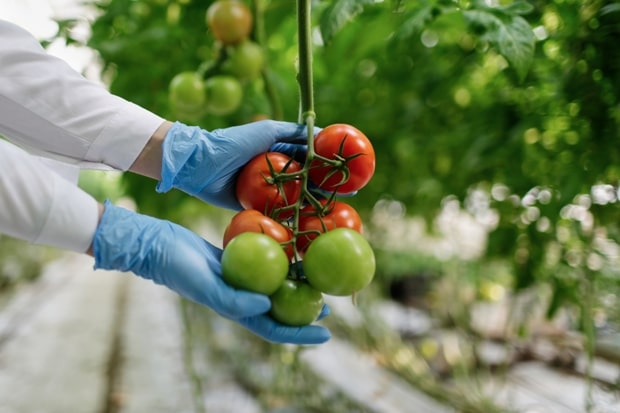Cultivating the Future: Exploring Regenerative Agriculture Practices

Introduction
In an era where environmental concerns loom large, regenerative agriculture emerges as a beacon of hope. By focusing on soil health, biodiversity, and ecosystem restoration, regenerative practices offer a sustainable path forward for farming. Let’s delve into the principles and benefits of regenerative agriculture.
Understanding Regenerative Agriculture
Regenerative agriculture goes beyond sustainable farming methods. It aims to revitalize ecosystems, enhance soil fertility, and mitigate climate change. By mimicking natural processes, such as nutrient cycling and soil regeneration, regenerative practices promote long-term environmental health.
Key Principles
1. Soil Health Restoration:
– Emphasizes soil organic matter
– Minimizes soil disturbance
– Enhances microbial diversity
2. Biodiversity Promotion:
– Encourages diverse crop rotations
– Integrates cover crops and polycultures
– Supports natural habitats for beneficial organisms
3. Water Management:
– Focuses on water conservation
– Implements rainwater harvesting techniques
– Reduces erosion and runoff
4. Carbon Sequestration:
– Utilizes agroforestry and perennial crops
– Implements no-till or reduced tillage methods
– Enhances carbon storage in soils and vegetation
Benefits of Regenerative Agriculture
1. Improved Soil Health:
– Enhanced fertility and structure
– Increased water retention
– Reduced erosion and nutrient runoff
2. Climate Resilience:
– Carbon sequestration mitigates climate change
– Drought resistance through improved soil structure
– Reduced reliance on synthetic fertilizers and pesticides
3. Biodiversity Conservation:
– Thriving ecosystems support diverse flora and fauna
– Pollinator habitats promote crop pollination
– Natural pest control reduces reliance on chemical inputs
4. Economic Viability:
– Long-term sustainability reduces input costs
– Enhanced soil fertility leads to higher yields
– Potential for premium prices in sustainable markets
Challenges and Solutions
While regenerative agriculture holds immense promise, it faces challenges such as initial transition costs, knowledge gaps, and market barriers. However, supportive policies, education programs, and market incentives can help overcome these obstacles, facilitating widespread adoption of regenerative practices.
Case Studies
1. Singing Frogs Farm, California:
– Utilizes no-till methods and diverse cover crops
– Improves soil health and water retention
– Increases farm productivity and biodiversity
2. White Oak Pastures, Georgia:
– Implements holistic grazing practices
– Restores grasslands and sequesters carbon
– Enhances soil fertility and animal welfare
Conclusion
Regenerative agriculture offers a holistic approach to farming that restores ecosystems, mitigates climate change, and ensures long-term sustainability. By prioritizing soil health, biodiversity, and ecosystem resilience, regenerative practices pave the way for a more resilient and thriving agricultural future.
